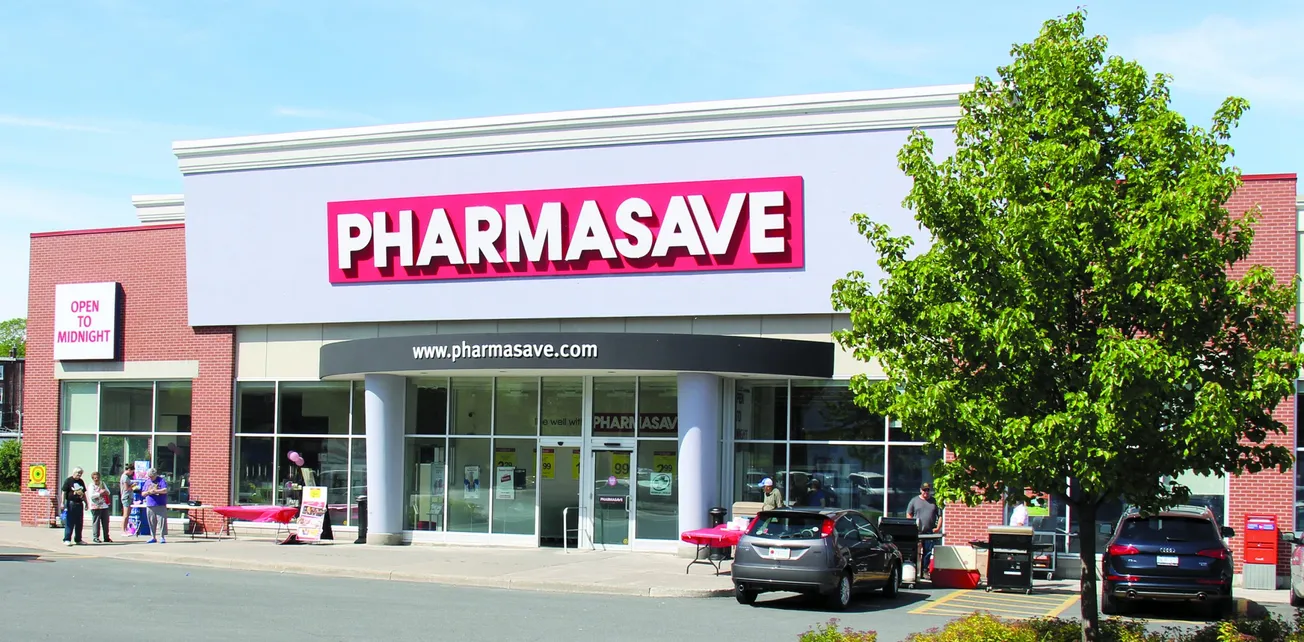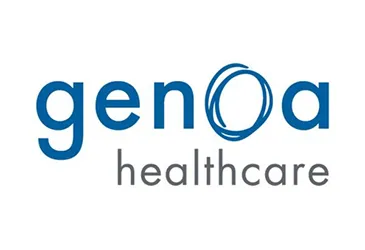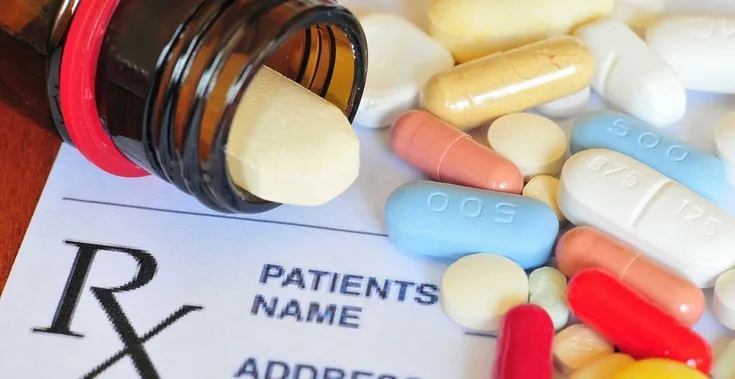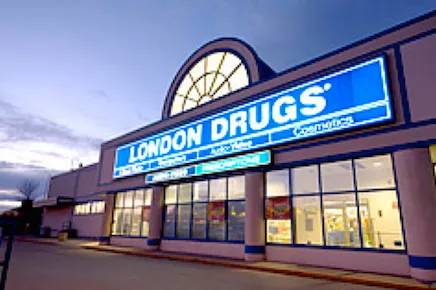Value is about how much something is worth, in terms of either cash or importance. In our industry there are a number of different ways to think about value: from the consumer’s eyes; the patient’s eyes; the retailer’s eyes; the brand’s eyes; or the payer’s eyes. Beauty, or in this case value, is in the eye of the beholder. When something is perceived as valuable across multiple sets of eyes, it creates the greatest potential for the best possible returns for the industry. Here are a few examples to think about where it’s possible to create more “value.”
Cash value for consumers in uncertain economic times

Lari Harding
Over the past 10 years inflation has averaged 1.88%. In 2022 the annual inflation rate rose to 8%. While inflation is slowing in 2023, we are still at 4% to 5%. A look across the industry finds consumers being able to save time and money during inflationary times to be valuable, with the convenience factor being every bit as important as cost savings.
Walmart reported a 27% increase in online sales during the first quarter of 2023 as compared to a year ago. Walgreens is positioning itself as a leader in convenience with 15-minute e-commerce deliveries, and Procter & Gamble Co. has discontinued its BrandSaver print coupons and moved to easier-to-use and -acquire digital coupons.
This digital-driven convenience is clearly activating consumers as, according to Inmar Intelligence:
Inmar will, on behalf of clients, deliver more than $10 billion in savings to shoppers in 2023 through incentive programs. Retailers find value through incremental sales from more shoppers, more frequency and larger baskets. Brands find value with incremental sales lift, trial and stock-up as well as merchandising support for their trading partners.
The delivery of these savings will unquestionably impact the marketplace, as groceries have officially overtaken gas as the No. 1 concern when it comes to rising prices. According to the Hartman Group’s Health & Wellness 2023 study, 40% of consumers have had to redefine their wellness priorities and make trade-offs due to rising prices — including how or where they shop for food.
Wellness value for consumers and patients is important
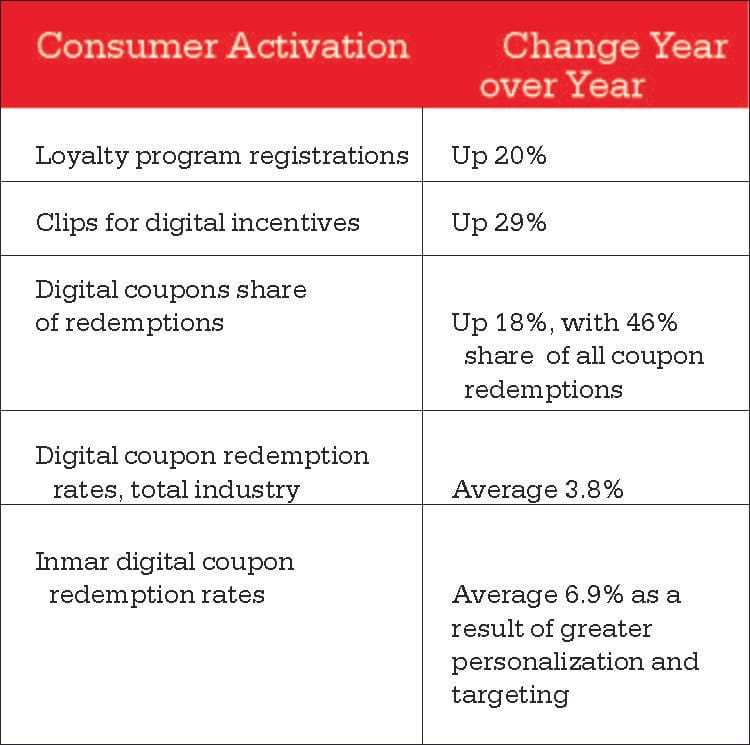
Wellness is about making healthy lifestyle choices and about maintaining one’s well-being mentally and physically, and its importance to consumers is growing. A recent report from McKinsey estimates the spend on wellness products and services to be $450 billion in the United States and growing more than 5% annually. The same report found around 50% of U.S. consumers reporting wellness to be a top priority in their day-to-day lives, up from 42% in 2020.
Wellness includes:
• Health: over-the-counter medicine, vitamins and personal hygiene.
• Fitness: fitness clubs, studios, at-home fitness equipment and fitness wearables.
• Nutrition: diet programs, subscription food services, nutrition apps and juice cleanses.
• Appearance: skin care, dermo-cosmetics, hair care and salon services.
• Mindfulness: counseling or therapy, meditation studios, and mindfulness apps.
• Sleep: sleep supplements, app-enabled sleep trackers and other sleep-enhancing products.
Demand for Wellness is growing. First introduced in the spring of 2020 to mitigate the stressors from COVID-19, Wellness Days are now part of the schedule on college campuses today. At the same time, many companies are investing in additional mental health and wellness resources for their associates.
Along with mental health, better nutrition is a central component of Wellness. Food as Medicine continues to grow in importance to consumers, retailers, brands and even hospitals that are supporting programs. There are a growing number of filtered spend, directed spend and food prescription programs.
While consumers and patients find value in Wellness, so do retailers and brands. For trading partners, the value is in the growing market. And for health care payers, the value comes in better health outcomes and lower costs. Today, 80% of a person’s health is attributable to social, physical and health factors outside of clinical care. In theory, dollars will follow where we can facilitate Health and Wellness, not just treat symptoms.
Value-based health care has potential to deliver more value
Value in health care is the measured improvement in a person’s health outcomes for the cost of achieving that improvement. Examples in our industry include adherence, food as medicine, pharmaceutical manufacturers accepting risk for the efficacy of drugs, hospitals lowering readmissions, lower costs, more patient satisfaction, better access to care, etc. It can be exhausting to think about the many different initiatives aimed at creating value in health care.
This focus on value-based health care will continue to dominate many of the health care conversations in the U.S. as we spend more than anyone else with worse results, while our current model is unsustainable. It seems we have consensus that value in health care is our mission. Here’s where it starts to breakdown:
Direct and indirect remuneration (DIR) was originally designed to create a pay-for-performance model for pharmacy reimbursement. It included adherence measures and the use of generic drugs so that pharmacies would focus on better outcomes and lower costs — otherwise known as value.
This intention has since mutated into a punitive and complex matrix of rebates and risk models that is decimating pharmacy profit margins — currently consuming 3.7% of total pharmacy sales. As a result of the financial challenges from DIR, pharmacies are closing stores, reducing hours and searching for ways to stay viable. Average net prices at the large drug makers have declined for the last six years.
Patients are suffering along with clinicians because Medicare Part D plans aren’t delivering lower costs. This is driving Medicare Part D patients to use Mark Cuban’s Cost Plus Drugs and Discount Cards to reduce their out-of-pocket expenditures. Costs for employers and consumers are rising faster than CPI. This is not an example of value.
Where we are seeing new value is in expanding pharmacy services. They are contracting and building relationships for reimbursement for high-value clinical services with health plans. Patients are getting better outcomes at lower prices and more convenience. Pharmacies are improving their margins with new revenue streams that go beyond dispensing.
The Inflation Reduction Act of 2022 is designed to create value for the federal government, which is the largest payer of health care in the U.S. The Congressional Budget Office estimates that the value from the act will be a reduction in the federal deficit of $237 billion over the next 10 years. Most of this will come in the form of negotiated prices, the application of rebates if prices rise faster than inflation, and some spending caps. However, it is not addressing value in the form of better health outcomes.
My challenge to my colleagues attending the NACDS Total Store Expo is to come to San Diego with ideas on how we can improve our industry’s business models so that value-based health care — including better outcomes at a better cost — can flourish.
We have the knowledge to deliver value. We have assets in our people, processes and technology to deliver value. But now we need to get creative in how we use those assets to improve our business models and infrastructure, both inside and outside the pharmacy, to ensure we deliver value at scale.
Lari Harding is senior vice president of sales and marketing enablement at Inmar Intelligence.


